Classic HP Shapes

Over the years, commercial endeavor has produced products of many sizes and shapes. Few of these industrial designs are ever really noticed and almost all disappear when the product becomes obsolete. In a few, very rare cases the shape of a product can become synonymous with the manufacturing company itself. Good examples include the classic Coke bottle or a Porsche 911 motor car. No product in the IT industry has ever made that kind of lasting visual impression and none probably ever will. But, for those close to the industry, certain shapes become familiar because they are common for a period or because they last over time. Of course, the primary reason these products have enduring shapes has nothing to do with the romance of visually-pleasing aesthetics. Rather, the common shape survives because the manufacturer wanted to amortize its tooling costs over time or over a wide range of similar products. Nevertheless, from a distance, old pros can determine what company made a product just by recognizing the product's shape. Some of these products say “I'm Hewlett-Packard”. Please contact us if you have additional nominations for HP Classic Shapes.
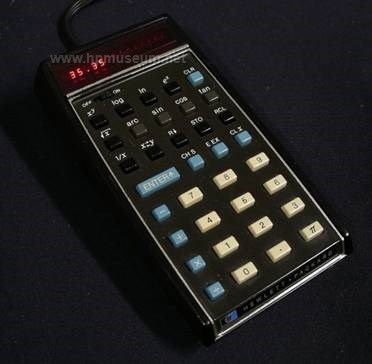 |
By 1980, most people who knew of HP, knew the company as a maker of calculators even though the company had been around for 40 years making instruments. HP's first retail product helped HP to become known outside the world of engineers, scientists and medical professionals. The shape of the first classic handheld calculators was the shape of HP. |
|
| HP-35 (1972) | ||
 |
Early HP system computers were usually sold with Teletype terminals for user input and output. The original HP terminal was the 2752A (ASR-33) which could read tapes, punch tapes, print output and provide keyboard input. HP's first two CRT terminals were purchased from OEM suppliers. HP quickly learned that it could make more money selling five or six terminals onto a computer than it could make selling the computer. The 2640A was HP's first internally-developed terminal. Most people who used an HP system computer in the 1970s through the mid-1980s would recognize this classic HP shape. HP went on to become a dominant peripheral supplier in the industry. |
|
| 264X Terminals (1974) | ||
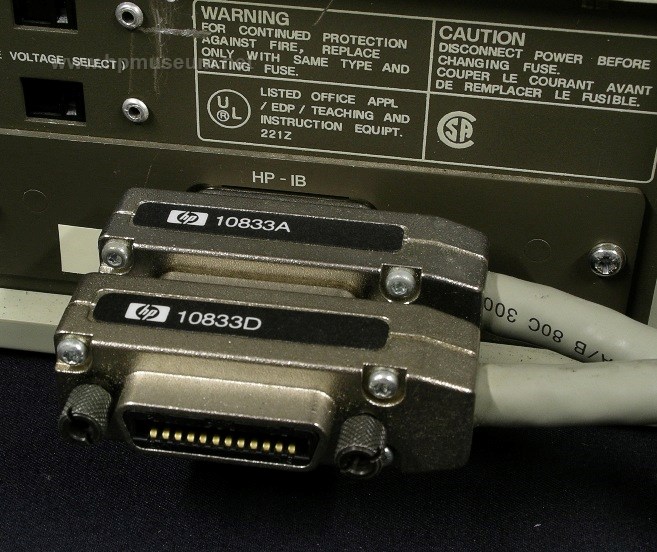 |
The HP-IB interface was developed in the middle 1970s as an instrument interface. It was soon adopted by the computer business and used extensively from 1975 until the early 1990s. These bullet-proof cables are wonderful in a museum environment (for those who are not experts in the myriad of forms of data communication in the industry). Getting two HP-IB devices to talk to each other is primarily a simple matter of setting an address switch. No need to worry about strange cable pin-outs, communication or handshaking settings. HP-IB was not as easy as plug-and-play, but it was as close as it got in the day. (Shape suggested by Frank Wales, Ascot UK) |
|
| HP-IB Interface (1975) |
||
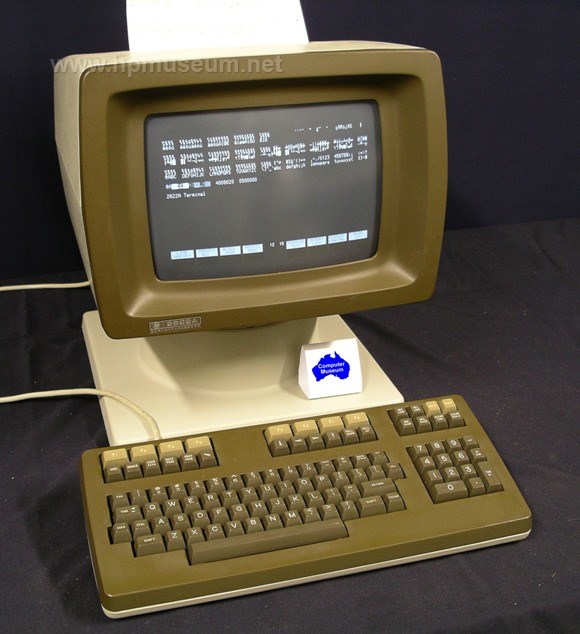 |
From the early through mid 1980s, no shape said HP any louder than this one. Affectionately known as "ET Head Terminals", they were big; they were bold. They couldn't be missed. This industrial design was used for both terminals and the HP 125 personal computer. In addition to housing the display assembly (and computer PCBs in the 125), this design could also accommodate internal thermal printers. |
|
| 26XX Terminals (1979) | ||
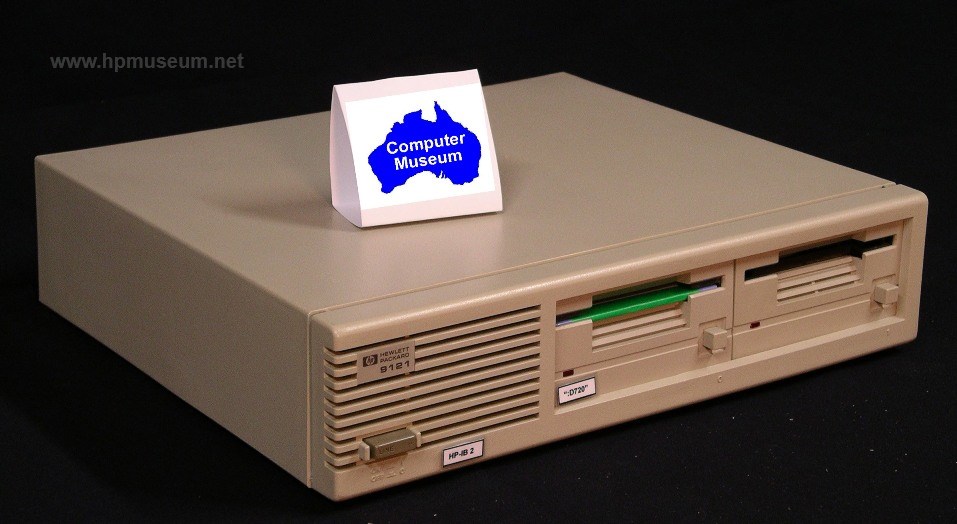 |
Boxy, square, uninteresting, but very functional. No, not HP's marketing department in the 1980s. This industrial design was used extensively from the early 1980s to the mid 1990s, beginning with the 9121 disc drive. These rectangular, off white boxes with horizontal slats were used extensively in modular computer system components, disc drives, tape drives, and system units. They are primarily associated with the 300 Series computers. This industrial design was also used in computers from the 500 Series (9050), 800 Series, 3000 Series and 1000 A-Series. |
|
| 9121 Form Factor (1982) | ||
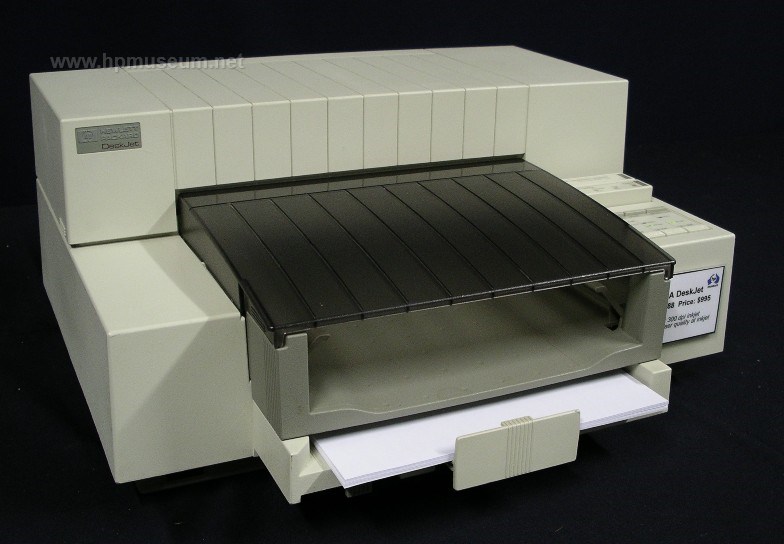 |
The original Deskjet industrial design was the shape of the birth of mainstream inkjet printing. It was big, bulky and boxy, more than twice the size of the original ThinkJet (due primarily to the DeskJet's cut sheet feeder). This shape was used by HP for the first seven versions of DeskJet printers between 1988 and 1994. |
|
|
DeskJet (1988) |
| Back |
^ TOP©2004 - 2024 BGImages Australia - All Rights Reserved.
The HP Computer Museum and BGImages Australia are not affiliated with HP Inc. or with Hewlett Packard Enterprise. Hewlett Packard and the HP logo are trademarks of HP Inc and Hewlett Packard Enterprise. This website is intended solely for research and education purposes.
